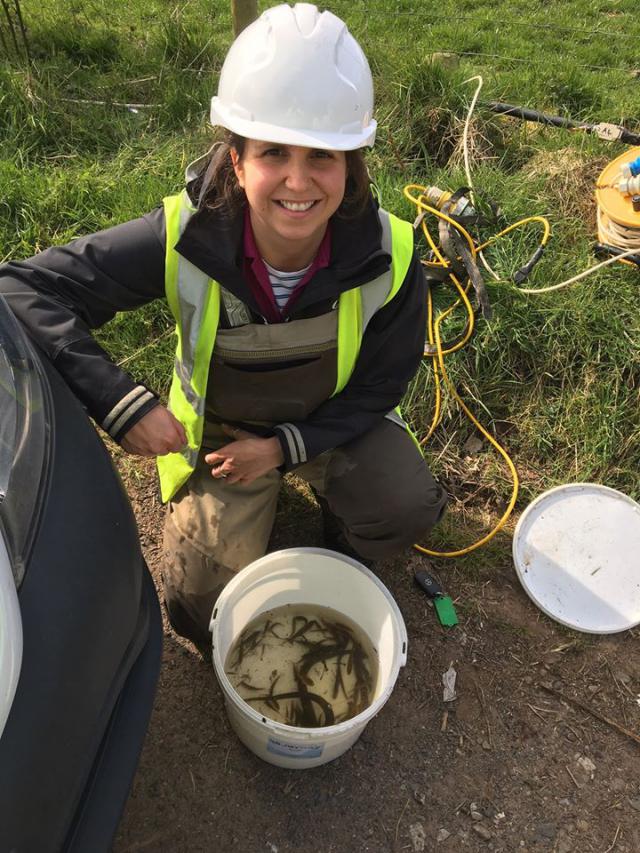Latest News
Another successful GFT Dinner Auction!
On the 31st August 2019, GFT held their biennial Dinner Auction and it was an outstanding success.
GFT Dinner Auction 2019
The Dinner Auction catalogue can now be viewed online (See link below).
Salmon bonanza at this year's Kirkcowan Fishing Competition
Record number of salmon caught as flooding brings flurry of anglers to annual event

